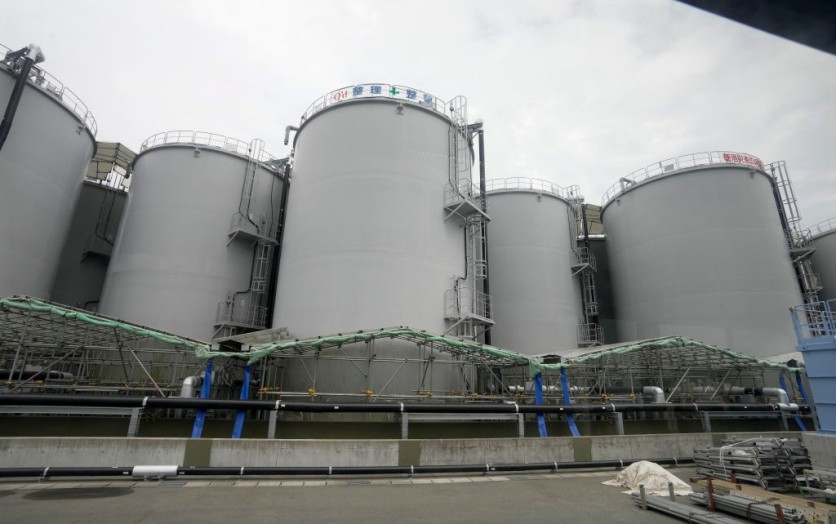The world's first fourth-generation nuclear power plant in Rongcheng County, Weihai City will reportedly become even bigger as announced by China.
The Shidaowan HTGR nuclear power plant in Shandong Province, eastern China, will undergo two phases of expansion to ultimately generate 35 billion kilowatt-hours of power.

(Photo : Kimimasa Mayama-Pool/Getty Images)
OKUMA, JAPAN - JULY 21: The storage tanks of the radioactive water treated by the Advanced Liquid Processing System (ALPS) into the sea are lined at Tokyo Electric Power Companys (TEPCO) Fukushima Daiichi Nuclear Power Plant on July 21, 2023 in Futaba, Fukushima Prefecture, northern Japan.
With the world's first high-temperature gas-cooled reactor, the fourth-gen plant started commercial operation in December.
Zhang Aijun, as vice president of HTGR Nuclear Power Company, Ltd, informed China Media Group (CMG) that the initial stage of the expansion plan involves incorporating another domestically created third-generation pressurized water reactor, known as Hualong One, alongside the gas-cooled reactor.
Expansion Phases
According to Zhang, the initial stage of the expansion plan will consist of two units of Hualong One, our domestically created third-generation nuclear reactors with separate intellectual property rights, each with a capacity of 1.2 million kilowatts.
After the initial stage is finished, the plant should produce 20 billion kilowatt-hours annually and expand the heating coverage area by 20 million square meters, providing benefits to 600,000 residents in the area.
The future growth strategy involves integrating four additional pressurized water reactors, each capable of producing over one million kilowatts.
Once finished, the power plant will have a total installed capacity of over five million kilowatts and will be able to generate 35 billion kilowatt-hours annually, sufficient for the electricity needs of more than 17 million three-person households for a year.
Zhang stated that this is the same as compensating for 11.5 million tons of standard coal usage and 27.6 million tons of carbon dioxide emissions each year.
Fourth-Generation Nuclear Power Plant Explainer
According to Forbes, fourth-generation nuclear power is a new type of advanced nuclear reactors that aim to be safer, more efficient, and more sustainable than older generations of nuclear power plants.
These reactors use innovative materials, designs, and cooling systems, and aim to be more cost-effective, versatile, and expandable than existing nuclear technology.
Fourth-generation reactors have numerous benefits when compared to previous generations of nuclear power plants.
Initially, they offer more safety, as they have built-in safety mechanisms that stop the discharge of radioactive substances during an accident or malfunction.
Next, they operate with increased effectiveness, resulting in greater transformation rates of nuclear fuel into electricity. Furthermore, they are also more environmentally friendly, producing less waste and having the capability to utilize nuclear waste for energy production.
Ultimately, they have increased versatility and scalability, allowing for usage in various applications and environments, such as remote areas and microgrids.
China is expanding its nuclear power plants after its scientists found a method to extract uranium from seawater, a crucial material for nuclear reactors.
Related Article : US Congress Approves Bill to Streamline Nuclear Reactor Development

![Apple Watch Series 10 [GPS 42mm]](https://d.techtimes.com/en/full/453899/apple-watch-series-10-gps-42mm.jpg?w=184&h=103&f=9fb3c2ea2db928c663d1d2eadbcb3e52)



